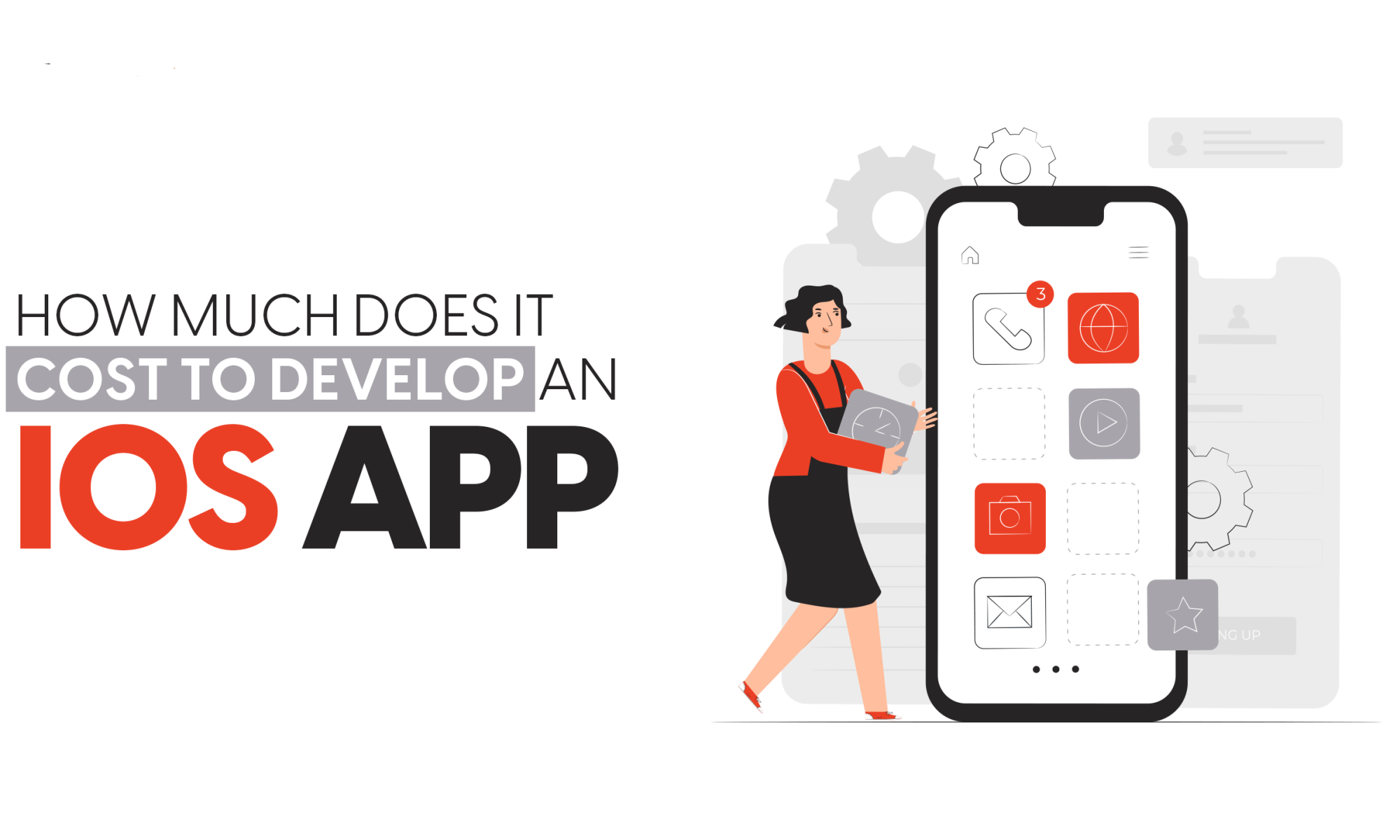For ambitious startups, an iOS app can be the gateway to a lucrative market, tapping into Apple’s engaged user base and premium ecosystem. However, the question that quickly arises is: “How much will it cost?” The truth is, there’s no single answer. iOS app development costs can vary wildly, from a few thousand to hundreds of thousands of dollars, depending on a multitude of factors. For startups, understanding these variables is crucial for effective budgeting and strategic planning.
Deconstructing the Price Tag: Key Factors Influencing iOS App Development Costs
Several core elements contribute to the overall expenditure of bringing an iOS app to life:
- App Complexity and Features: This is arguably the most significant cost driver. A simple app with basic functionalities (e.g., a calculator or a static content app) will naturally cost far less than a complex application with advanced features like:
- User authentication (login/signup): Adds security and personalized experiences.
- Third-party integrations: Payment gateways (Stripe, PayPal), social media logins, mapping services (Google Maps), analytics tools.
- Real-time functionalities: Chat, live tracking, push notifications.
- Custom UI/UX design and animations: A polished, intuitive, and visually appealing interface requires more design hours.
- Backend infrastructure: Databases, APIs, cloud storage, server-side logic for data handling.
- AI/ML integration, AR/VR features: These cutting-edge technologies significantly increase complexity and cost.
- UI/UX Design: A well-crafted user interface (UI) and user experience (UX) are paramount for iOS apps. This involves user research, wireframing, prototyping, visual design, and ensuring accessibility. Expect design costs to be a significant portion, potentially 10-35% of the total budget. Intricate animations and custom branding will further elevate these costs.
- Development Team Location and Expertise: This factor dramatically impacts hourly rates.
- North America/Western Europe (including Sydney): Rates are typically higher, ranging from $80-$250+ per hour. A mobile app development company in Sydney or a mobile app developer in Sydney will generally charge at the higher end of the spectrum due to the higher cost of living and strong local demand for skilled professionals.
- Eastern Europe/Asia (e.g., India): Rates can be significantly lower, from $20-$80 per hour.
- Development Approach (Native vs. Cross-Platform):
- Native iOS Development (Swift/Objective-C): Offers the best performance, user experience, and access to all device features. However, it’s typically more expensive as it requires a dedicated iOS codebase.
- Cross-Platform Development (Flutter, React Native): Allows a single codebase for both iOS and Android, potentially reducing development time and cost by 30-50%. While it offers a faster time to market and cost-effectiveness, some native functionalities or highly complex animations might be limited.
- Post-Launch Maintenance and Support: The journey doesn’t end at launch. Ongoing costs include:
- Bug fixes and performance optimization: Essential for a smooth user experience.
- OS compatibility updates: Ensuring the app works seamlessly with new iOS versions.
- Security patches: Protecting user data and maintaining app integrity.
- Feature enhancements and updates: Keeping the app competitive and relevant.
- App Store fees: An annual Apple Developer Program membership costs $99. Apple also takes a commission (15-30%) on in-app purchases.
Average iOS App Development Costs in Sydney
For startups specifically looking at app developer in Sydney or a mobile app development company in Sydney, here’s a general cost breakdown based on complexity:
- Simple Apps (3-5 screens, basic functionality, no complex backend): AUD $30,000 – $60,000
- Medium Complexity Apps (user profiles, data storage, third-party integrations, some custom UI): AUD $60,000 – $150,000
- Complex/Enterprise-Level Apps (real-time features, AI/ML, intricate UI, robust backend, multiple integrations): AUD $150,000 – $500,000+
These figures can vary based on the specific agency, their team’s experience, and their project management methodologies.
Strategies for Startups to Manage iOS App Development Costs
- Define Your MVP (Minimum Viable Product): Focus on core functionalities that solve a critical user problem. Launching an MVP allows you to validate your idea, gather user feedback, and iterate, saving significant costs by avoiding unnecessary features in the initial phase.
- Prioritize Features ruthlessly: Not every “nice-to-have” feature needs to be in version 1.0. A phased approach allows you to spread out costs and build upon a solid foundation.
- Thorough Planning and Discovery: Invest time in detailed requirements gathering and wireframing. A clear scope prevents costly changes and rework during development.
- Consider Hybrid Development (Initially): If reaching both iOS and Android users quickly and cost-effectively is a priority, a cross-platform framework can be a good starting point. You can always opt for native development later if performance demands it.
- Seek Transparent Pricing: When engaging with an app development company in Sydney, ensure they provide a detailed breakdown of costs, including design, development, testing, and post-launch support.
- Review Portfolios and Testimonials: When choosing between mobile app developers in Sydney, look at their past work and client reviews to ensure they align with your vision and budget.
Conclusion
Developing an iOS app is a significant investment for any startup, but a well-planned approach can make it a manageable and rewarding endeavor. By understanding the factors influencing costs, focusing on an MVP, and strategically choosing the right mobile app development company in Sydney, startups can navigate the financial landscape effectively and build an app that truly stands out in the competitive App Store.


